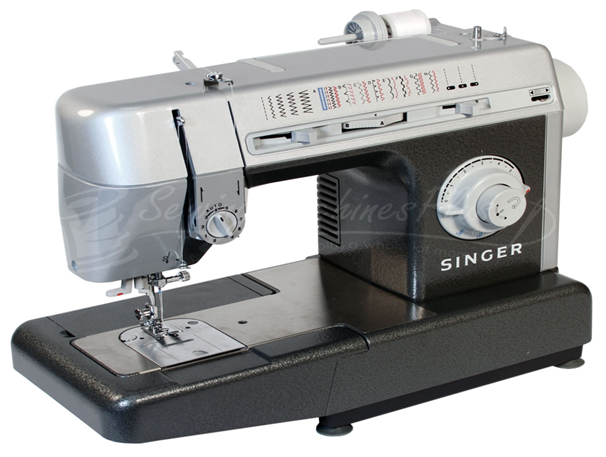So, you want to take up dressmaking or sewing and have acquired a sewing machine, but do you really know how it all works? Here we look at some useful tips and tricks to help you enjoy greater success with your machine:
There are many different makes and models, but the good thing is, they all pretty much offer the same functions. If you’ve bought new, then you will have the manual but if your machine is second-hand, you might not be so lucky. The first step is to locate a manual for your machine for this will show you not only how everything works but will give you advice on how to care for your machine and hidden tricks and features you might not realise the machine has.
Next, you should familiarise yourself with all the different parts and what they do. Whether new or old, all parts should be same, the newer models just offer a design where some of the parts might not be obvious or on show.
The foot pedal – Similar to the acceleration pedal on a vehicle, the foot pedal acts as your gas to run the machine. The greater the pressure you put on the pedal, the faster the machine operates. If you find it going faster than you want, try operating the pedal either barefoot or just with your big toe. When you’re used to controlling the speed, thread up your machine and get practising.
Needles – You’ll need to use different needles for different fabrics. This is because different weights and types of fabric require a lighter or heavier needle. There are also needles for different functions so it’s important to understand what works best for your machine. A big indication of using the wrong needle is if your machine starts to miss a stitch. For a wide range of stunning Dressmaking fabric to suit every purpose, visit quality fabrics
Feed Dog – This is the part that feeds the material under the needle and through the machine. The feed dog is run by the pressure that you put on the foot pad to run the fabric as it’s being sewn. You need to guide the fabric through the feed dog and press the pad. You need to learn to let the machine do the work and simply guide the fabric. Pulling at the fabric or forcing it through the feed dog should be avoided as it can bend the needle.
Quality Thread – To help keep your machine running smoothly and without damage, it’s always best to use good quality thread. Thread can age and weaken, and cheap thread won’t be as strong or smooth as a slightly more expensive option.
Threading Your Machine – For this you’ll want to refer to your machine’s manual if you have it. If you don’t have it, you can find instructions online on how to thread a sewing machine. However, every machine should be threaded with the foot pedal in the up position.




